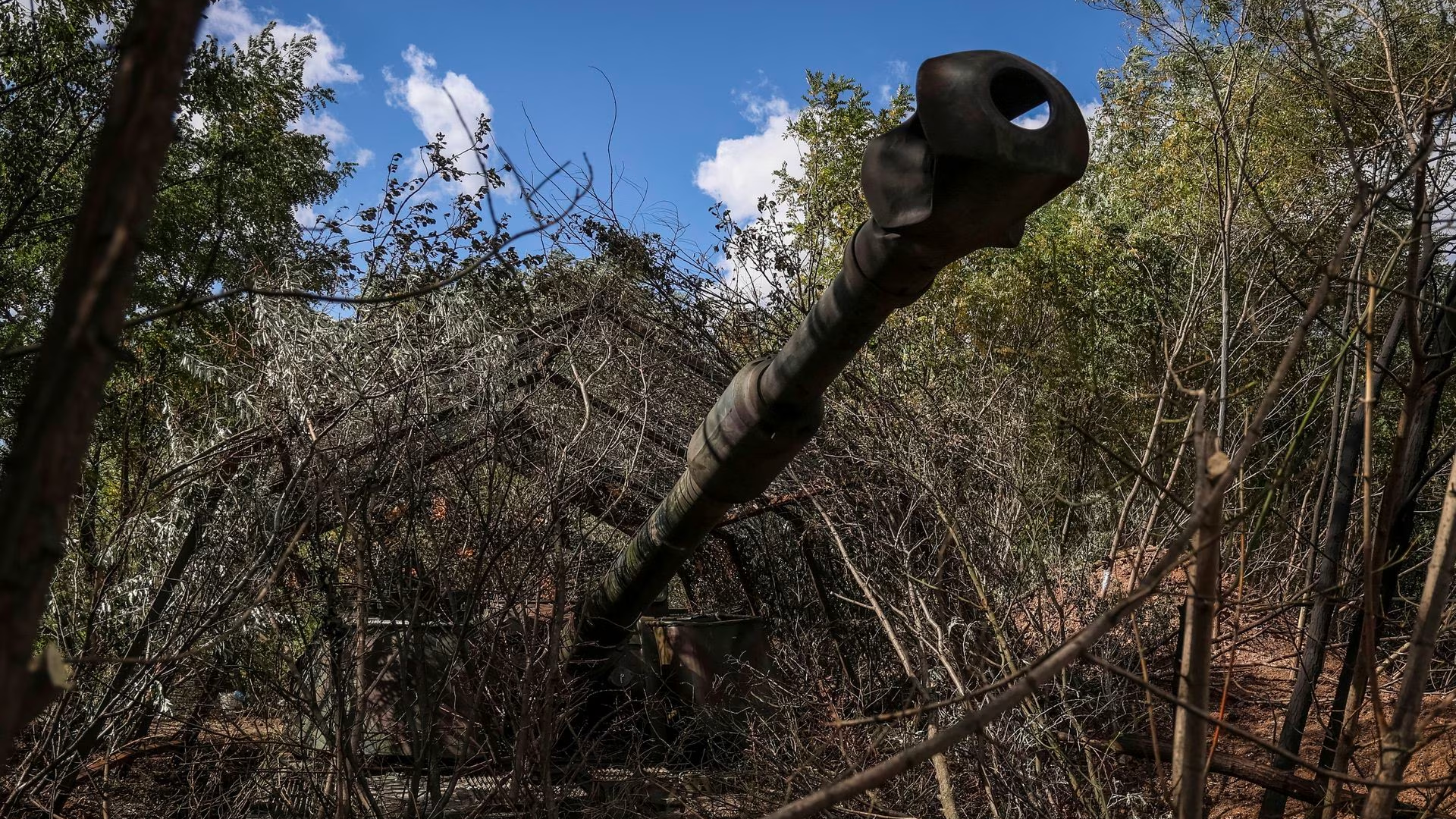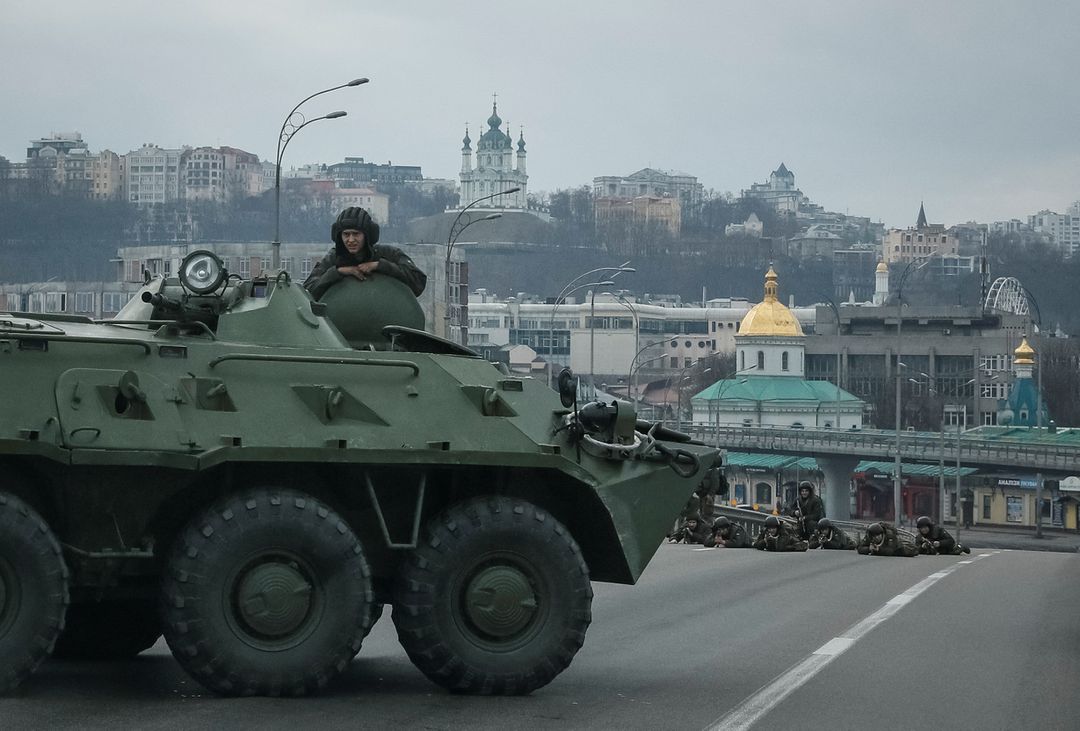
Ukrainian servicemen prepare to fire a M109 self-propelled howitzer towards Russian troops, in Donetsk region, Ukraine, September 22, 2023. /Reuters
Ukrainian servicemen prepare to fire a M109 self-propelled howitzer towards Russian troops, in Donetsk region, Ukraine, September 22, 2023. /Reuters
The Russia-Ukraine conflict has led to a significant increase in revenue for major U.S. defense contractors, as Washington and European governments increase their defense budgets in response to the crisis.
Lockheed Martin, General Dynamics, and Raytheon Technologies Corporation (RTX) have all exceeded their expectations in terms of financial performance, with new agreements they secured late last year to either directly supply Ukraine with weapons or replenish U.S. weapons sent to the European nation. Industry executives anticipate that the ongoing Israel-Hamas conflict will further drive up demand in the near term.
Defense giant Lockheed Martin reported Q3 net sales of $16.9 billion, up two percent year on year. Sales at its Missiles and Fire Control branch rose 3.8 percent during the same period.
During a call with Wall Street analysts, Jason Aiken, General Dynamics' chief financial officer, said that the company has raised its artillery production from 14,000 rounds per month to 20,000 very quickly. The company's Combat Systems division, which manufactures armored vehicles, tanks and artillery used by Ukraine, has witnessed a near 25 percent year-on-year increase in revenue.
RTX, the manufacturer of AMRAAM rockets used in Ukraine, disclosed that it has secured $3 billion in orders since February 2022 when Russia launched its military operation in Ukraine. These orders are primarily related to replenishing military supplies for Ukraine and the United States.

Servicemen of the Ukrainian National Guard take positions in central Kyiv, Ukraine, February 25, 2022. /Reuters
Servicemen of the Ukrainian National Guard take positions in central Kyiv, Ukraine, February 25, 2022. /Reuters
The surge in military hardware orders is not limited to the U.S., reflecting a global trend that underscores the growing importance of maintaining strong defense capabilities.
Sweden's Saab recently revised its full-year sales outlook upward, attributing the increase to demand in the defense sector. Additionally, Germany's Rheinmetall reported a significant third-quarter profit surge, driven by strong demand for weapons and ammunition.
Global military expenditure rose by 3.7 percent in real terms in 2022, setting a record at $2.24 trillion, according to a report published in March by the Stockholm International Peace Research Institute, a renowned think tank. In the decade from 2013 to 2022, military spending worldwide surged by 19 percent, and this trend has been consistently on the rise since 2015.
Despite the increasing demand for defense products, challenges in the supply chain and a shortage of skilled labor continue to hinder companies' order fulfillment.
General Dynamics' Aiken referred to the supply chain as "fragile," while Lockheed also reported that its aeronautics division, responsible for producing the advanced F-35 fighter jet, is facing challenges caused by supply and labor disruptions. These are primarily related to the procurement of processor assemblies, solid-rocket motors, castings and forgings.
(With input from agencies)